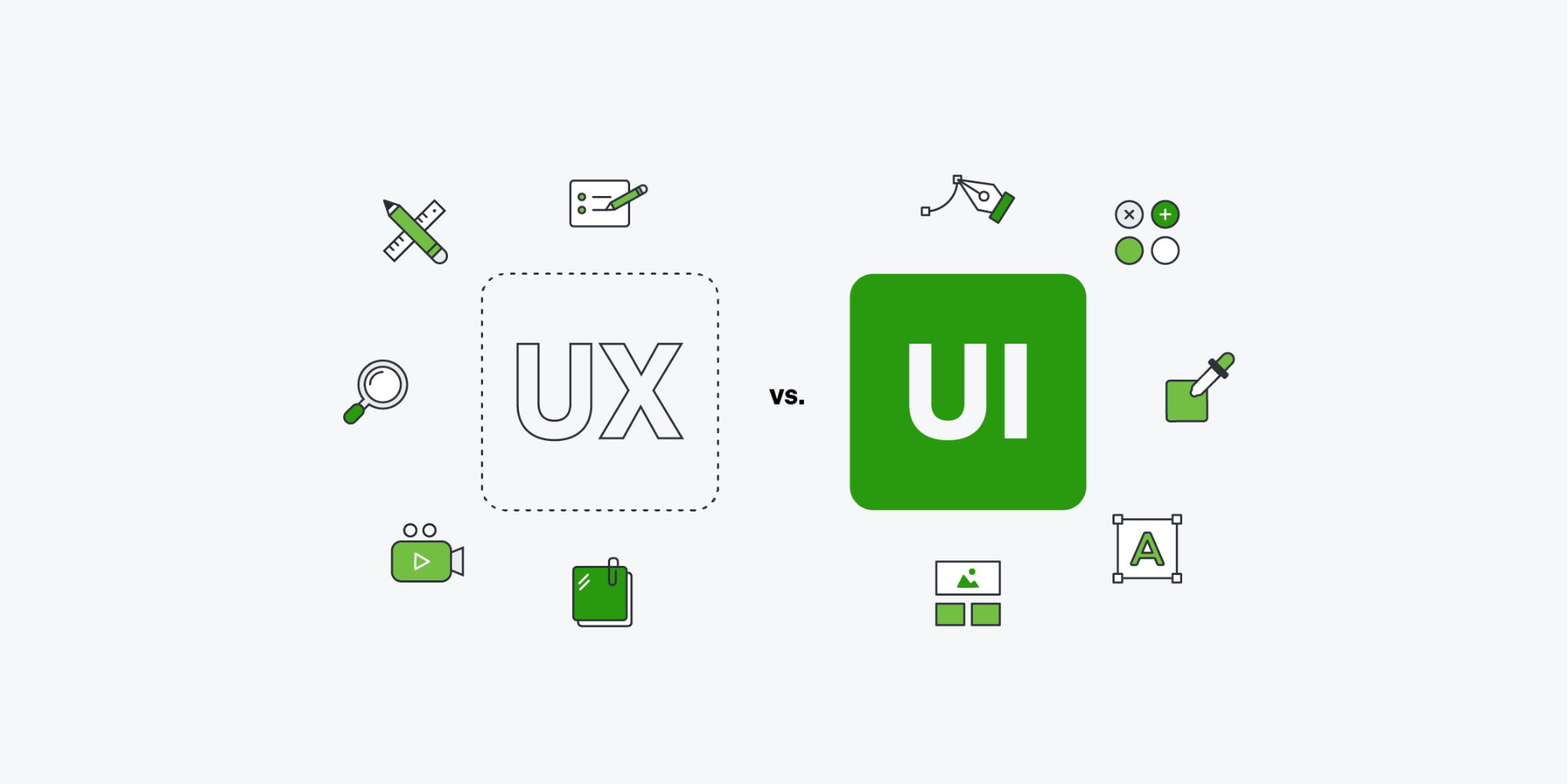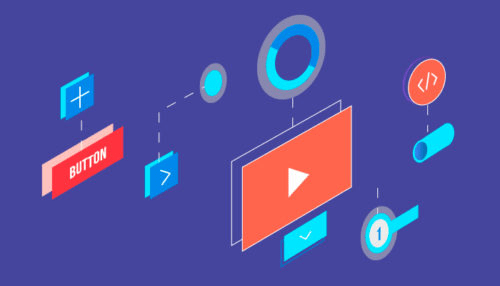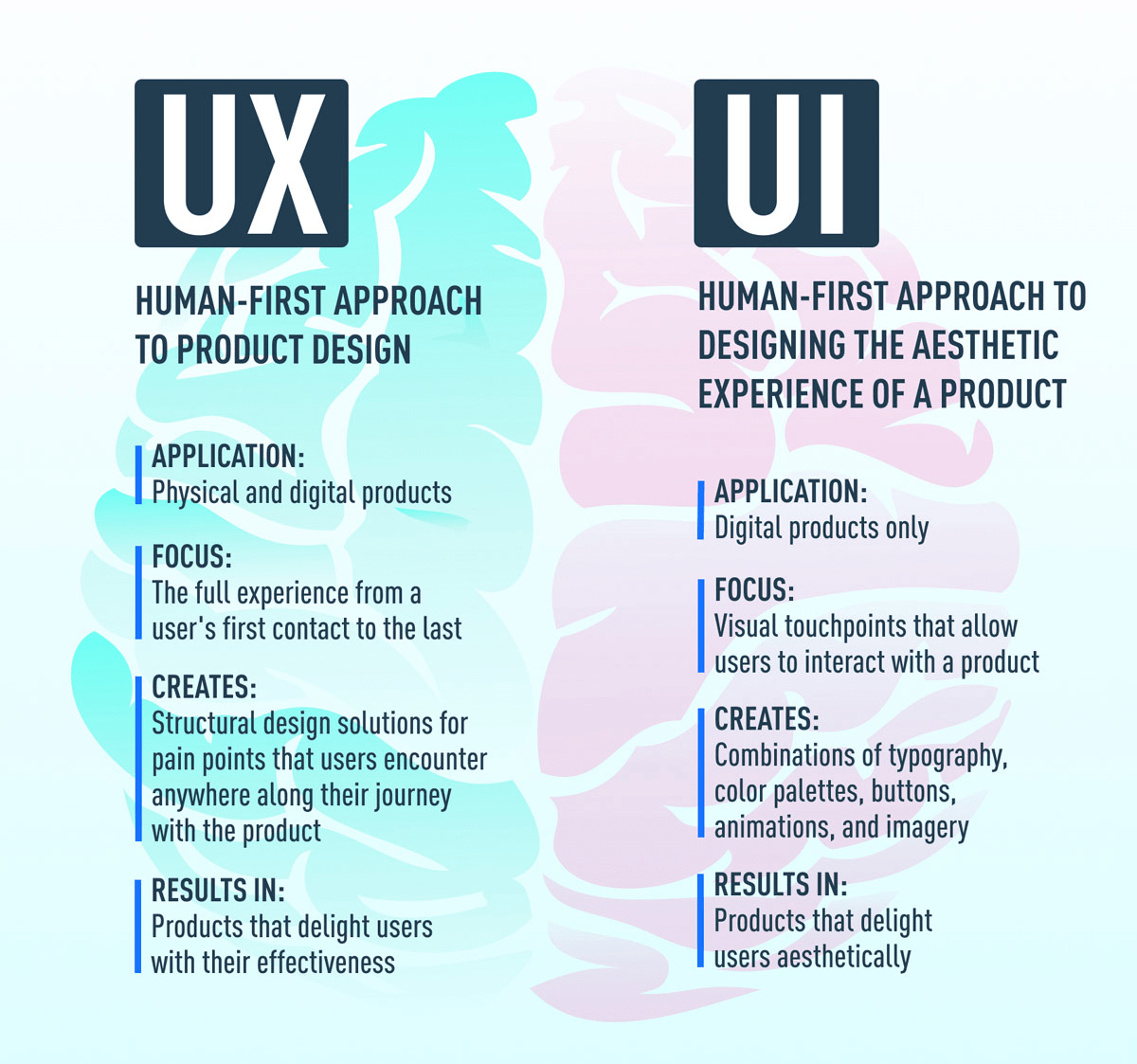If you are in the designing realm and have stopped at this landing page, you are very familiar with the question in dispute; the difference between UI and UX designers.
Every time you come across a fancy visual or a compelling web page that engages your attention with a seamless user experience, it’s a reminder of the UI UX designer community. But as a recruiter, it’s vital to understand how each of them uniquely contributes to the end result. In this blog, we will look at what UI designers are and why businesses hire UI designers and UX designers individually. So let’s get straight to the point without further ado.
Why UI Designers Are Essential to Creating Engaging User Experiences
If you want to deliver highly responsive, dynamic, and enticing web designs, it’s the job of UI designers. User interfaces are the tangible elements that you can look at and feel, and UI designers design these interactive elements of the website. Deciding on the layout, typography, colors, and other visual aspects encompasses the job of UI designers.
Without all these prerequisites, can you render a seamless user experience? Of course, it’s a big fat NO; without UI, there can be no UX. To understand this better, let’s look at why UI and UX are interdependent:
Designs that deliver user-centric experiences
UI designers are trained to focus on customer centricity, and their designs revolve around the users. They are well-educated on the features that will enrich the user experience. Several factors, such as usability, accessibility, and user feedback, come into play when they design interfaces. Due to their efforts, the digital user base can effortlessly and quickly navigate through your website.
Formulation of a consistent brand identity
You must create a lasting digital brand identity to formulate a long-term relationship with prospective clients. Only when your audience can relate to your brand will you be a part of their memory. UI designers play a pivotal role in ensuring that your interface aligns with the brand image and values.
For instance, they know the worth of maintaining a cohesive brand identity across distinct platforms and thus emphasize consistency in color scheme, typography, and other design elements.
Fostering user engagement
It’s an arduous task to seize user attention on a highly competitive digital podium. This is exactly where UI designers enter the picture and enhance the user experience with their skills and expertise.
They step into the customer’s shoes and interpret what they seek. Based on carefully analyzing the end user requirement, they design interactive elements such as buttons, pop-ups, drop-downs, sliders, forms, etc. These entice user responses and help gather insights.
Adding value to functionality and usability
In the digital sphere, it goes without saying that the ease of operating your products is the most valuable asset. This is the job of UI designers to ensure that the interface is responsive and performs well across all platforms and devices.
To attain this, UI experts collaborate with the developers to provide detailed specifications and conduct user testing to identify areas of improvement. These iterations will then enhance the overall usability of your interface.
Therefore, to deliver an exceptional user experience, do you need UI designers, or is there a need to hire a UX designer? Still trying to figure it out? Don’t worry the following section will help you make a well-informed decision. Continue reading!
Demystifying the Roles of UI and UX Designers in the Design Process
The role of UI and UX designers is indispensable for enhancing your digital presence. It’s a misconception among many people that UI and UX are the same and are often used interchangeably. Hence, a clear understanding of the distinction between these job roles is necessary.
UI is the how of a product, and UX is the why of a product, and they are inseparable. Let’s first understand the role of UI designers in the design process:
- Visual design and layout are at the core of UI designers. They focus on devising aesthetically pleasing, consistent, and easy-to-use interfaces.
- Their job routine involves anything and everything that has to do with UI, such as typography, color scheme, buttons, icons, forms, and other digital elements.
- UI experts create wireframes, storyboards, prototypes, and visual designs using tools such as Adobe creative suite, Sketch, Figma, and many more.
- UI designers also collaborate with UX designers to ensure that the end product aligns with the design specifications and user requirements.
- A UI designer’s job also entails understanding the technical limitations of the designing platform, overcoming the challenges, and rendering a one-of-a-kind interface.
Now talking about the other crucial segment of the designing community, the UX designers. They are responsible for rectifying the efforts of the UI designers in real-time.
- UX designers are responsible for the overall user experience with a digital product or service.
- They must conduct market research to understand user trends, preferences, and requirements and then communicate this data to the design team.
- They gather meaningful insights on how users interact with the product to ensure intuitiveness and efficiency in meeting user needs.
- Deeply rooted-design methodologies are implemented to create user-centric designs. These are based on a thorough customer journey mapping, including creating user personas, workflows, and wireframes to ensure impeccable user experience.
- UX designers also collaborate with the upper management, stakeholders, and product managers to ensure the design is within the technical and budget constraints.
UI and UX designers’ roles are interdependent and work cohesively towards the end goal. If you are wondering how the below list of pointers will provide the answer:
- Responsibilities may differ, but the end goals are aligned, and that is to deliver digital products for a streamlined user experience.
- UX designers prototype and UI designers take it from there to curate visually appealing designs.
- The job of UI and UX designers is to ensure the design is visually appealing and aligns with the user’s needs and preferences.
Bonus Read: Since UI and UX are visual-related, many people often confuse them with graphics. They sound like different terms with the same goal of creating beautiful designs but are distinct disciplines. The fine line of differences between the two is:
- Graphic designing encompasses both digital and print media, whereas UI is digital-only.
- When you hire a graphic designer, their goal is to communicate a specific message to the target audience. On the other hand, UI designers are focused on enhancing the usability and functionality of the digital product for easy user navigation.
- Graphic design is about static visuals, but UI design covers static and interactive design.
Wrapping Up
The role of UI and UX designers is critical to the success of your digital project. While both have distinct roles and responsibilities, they work in cohesion to create a design that attains an equilibrium between user needs and business goals. The aesthetic of your digital product is vital for a flawless user experience, and that’s where these players make the difference.




